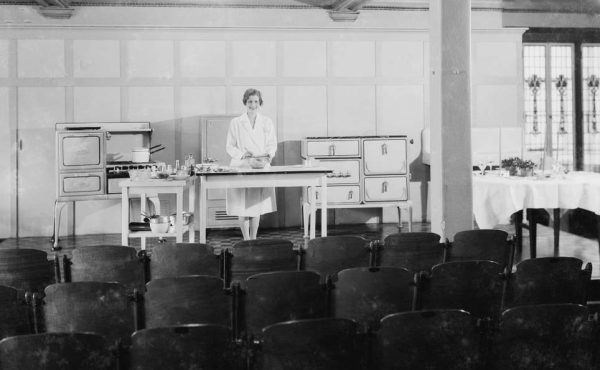This series features highlights from the ongoing exhibit The Fourth Wall: Transforming City Hall. The exhibit, on now at the Urbanspace Gallery, considers possible avenues to break down the barriers to participation in civic life that exist at Toronto’s City Hall.
In previous posts, we’ve discussed how City communications and election scheduling could help to improve Toronto’s elections. In this post, we’ll discuss changes that could be made at the ballot box.
Elections are supposed to deliver a City Council that represents and reflects the views of voters. Yet, in practice, our current municipal voting system misses the mark. ‘Winners’ in local races often do not represent a majority of voters. Indeed, Councillors have been recently elected with as little as 17% of the vote. Campaigns often turn negative as candidates try to persuade voters that their opponent is a poor choice. Voters resort to ‘strategic voting’ and new candidates are pushed out of local races to avoid vote splitting.
The Ranked Ballot Initiative of Toronto is trying to change all of this. The voting system they propose, Instant Runoff Voting, allows voters to rank candidates on their ballot. If no candidate gets a majority on the first count, then the candidate with the least votes is dropped off the ballot and voters’ subsequent choices are used. With a ranked ballot, this entire process happens almost instantaneously.
Ranked ballots ensure majority support, eliminate vote splitting, reduce strategic voting, and encourage more candidates to run. There tends to be increased turnover in jurisdictions with runoff voting and campaigns, vying for ‘second choice’ supporters, tend to be more positive.
Ranked ballots are used in almost every American city for local elections, by every Canadian political party to choose their candidates and leader, by the Academy for selecting the winner of the Oscar for Best Picture, and by the NHL and NBA for player awards.
What do you think of a ranked ballot system? Would it help to improve local elections? What do you see as the barriers to its implementation?
Image from Wikipedia
The Fourth Wall: Transforming City Hall is on at the Urbanspace Gallery (401 Richmond St. W.) until the end of January. The building is open weekdays, 7am to 7pm, and Saturdays, 9am to 6pm. Curated by Dave Meslin, Research by Hilary Best, Design by Adam Zinzan-Harris.




4 comments
In the 2010, there were 40 candidates for mayor of Toronto. Do we list our preferences from 1 to 40, or do we stop after 3 or 5?
I’d like to see it on all levels of elected office. The problem is that the foxes are in control of the hen-house.
There’s no way that someone who gets elected under the current first past the post system wants to change how they got elected (and risk being un-elected), especially since they now have the incumbent advantage (and a sizable guaranteed pension if they can get re-elected for a second term).
Based on the illustration, I thought I had stumbled upon Spacing USA!
This proposal is so eminently sensible that I fear it is bound to fail.
How do we make it happen? What legislation has to change? Which MPP should I write to?